Frederica Freyberg:
The annual State of the Tribes address at the State Capitol took place this week. In tonight’s closer look, we hear from the chairman of the Forest County Potawatomi community, Ned Daniels.
Ned Daniels:
The success of not only Wisconsin’s Tribal Nations, but for all residents of the state, depend on our resilience to continue to tackle critical issues. We must maintain a sharp focus on improving the lives of those we represent in the new decade as we grapple with the responsibility of addressing the complex changes before us.
Frederica Freyberg:
Daniels spoke namely to the opioid epidemic saying Native communities across Wisconsin have been hit especially hard. But Daniels said he was thankful for recent legislation to address and combat addiction. He also described a youth wellness and treatment center to be located centrally among Native nations in Wisconsin. With more on that, we turn to Shannon Holsey, president of the Stockbridge-Munsee Band of the Mohican Nation. Holsey hatched the idea of an all-Nation’s youth treatment center and joins us from Green Bay. Thanks very much for being here.
Shannon Holsey:
Thanks very much for having me Frederica.
Frederica Freyberg:
Describe why this youth treatment center is so needed?
Shannon Holsey:
Well, to Chairman Daniels point, it’s imperative because when you think about that, there is nothing unique to that or culturally centric to the need of your people especially as it relates to addiction. This idea was instilled probably 20 years ago. As Tribal Nations we belong to a consortium called the Great Lakes Intertribal Council and 20 years ago, they had the idea that they needed to bring wellness and healing to our communities and especially the most vulnerably affected which would be our youth. We have decided that the designation will be in central Wisconsin primarily, most likely Marathon County and probably in the Wausau area due to the fact that it has accessibility to health care providers, which is sometimes on tribal reservations the most challenging thing, is to provide those necessary resources and find the necessary professionals to bring that healing to our nations.
Frederica Freyberg:
Now I understand gaming compact money back in 2017 helped pay for the planning of the center and you just met with Governor Evers and Attorney General Kaul. What are they saying about this effort?
Shannon Holsey:
We did. It was under Governor Walker’s administration that we received some money to do a feasibility study and a business plan. Then there was a continuation of those priorities in Governor Evers’ and Attorney General Kaul’s initiatives. Because that hasn’t — that issue doesn’t go away because you elect a new governor. And they’re both passionate. Governor Walker served under the — excuse me, Governor Evers served under Governor Walker’s administration, so he was well aware of this initiative. But I think too, him being in the realm of education, he understood the perils of what that could be and the devastation it brings to not only just the youth in crisis but families and communities. He very much has the pulse on what is happening, as does Attorney General Kaul. We’ve met with him several days ago with regards to this and he spoke of it. And it’s just not a Native American issue, clearly. It’s an issue in the state of Wisconsin. We all recognize that if we don’t bring healing to this generation, we’re going to lose an entire generation of young people to this addiction and it’s going to cause much larger issue.
Frederica Freyberg:
As to the treatment center itself, how will it be different from other youth treatment centers? You know, how will Native Nations’ culture be incorporated?
Shannon Holsey:
Well, it’s deemed to be culturally centric because central to what that is is I understand that treatment centers can sometimes be a very challenging thing for especially a young person, I can imagine. But the fact is is that what we are trying to do is emulate something that is familiar to them to help in the care and something that’s familiar as they return from care into their own communities. We thought what would be best is and what we know best is our culture, our traditions. Those are the things that are imperative to the foundation of the healing of our young people. Of course, it will be combined with western medicine and necessary wrap-around services that we’ll need for the continuation not only for the youth in treatment, but also for the family. So there is going to be an opportunity. My idea or our vision collectively as tribal leaders, and let me say Frederica, it’s not just my idea. It was built around an idea of 11 Nations knowing this is something we need to do for our communities. As Tribal leaders, we have to provide health and wellness to our communities. But if we can’t at the most general sense provide the most vulnerable people, then what good is it that we do and work for if we can’t bring healing to them? So the idea was is that we enjoin our culture and our traditions and something that they’re very familiar with, it will provide them the necessary tools as they go on their healing journey to utilize and go back and revert to those tools as they return to their Tribal Nations and provide that necessary long-term healing and sustainability to their healing.
Frederica Freyberg:
You spoke briefly about how there will be wrap-around services. Is that something central to the kind of treatment approach there?
Shannon Holsey:
Yes. We had looked at various options of how we were going to approach this. So when you asked earlier what uniqueness from a cultural perspective that was going to be, we believe that behavioral health plays a large part in that and that’s not something that you can get in 90 or 120 days. That’s something that has to be addressed at its core and will most likely require long-term treatment — not treatment, but exterior treatment for that young person. But also the family or the guardian that’s tasked with the care of that child. And so, we — it’s about diet. It’s about different things. It’s sort of a mind/body/spiritual approach more holistic in nature.
Frederica Freyberg:
When do you expect to open the doors?
Shannon Holsey:
Well, we are at the next phase. Under the new administration of Governor Walker and the Wisconsin legislation we were fortunate to receive also additional funding to do site designation and architectural renderings. We’re getting very, very close. We’re also pleased to say that we’re closer to finding another partner to join the Stockbridge-Munsee community in facilitating and executing this endeavor.
Frederica Freyberg:
All right. President Shannon Holsey, thank you very much and good luck.
Shannon Holsey:
Thank you, Frederica.
Search Episodes

Donate to sign up. Activate and sign in to Passport. It's that easy to help PBS Wisconsin serve your community through media that educates, inspires, and entertains.
Make your membership gift today
Only for new users: Activate Passport using your code or email address
Already a member?
Look up my account
Need some help? Go to FAQ or visit PBS Passport Help
Need help accessing PBS Wisconsin anywhere?

Online Access | Platform & Device Access | Cable or Satellite Access | Over-The-Air Access
Visit Access Guide
Need help accessing PBS Wisconsin anywhere?

Visit Our
Live TV Access Guide
Online AccessPlatform & Device Access
Cable or Satellite Access
Over-The-Air Access
Visit Access Guide
 Passport
Passport

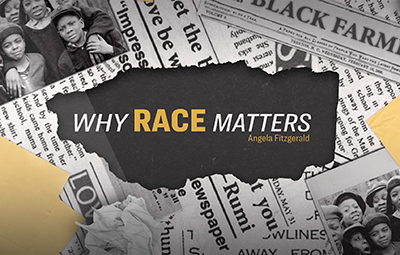
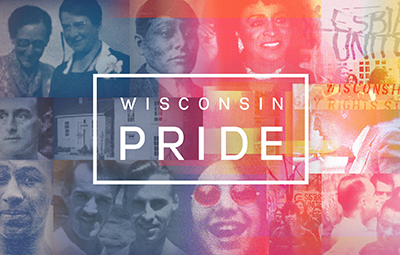


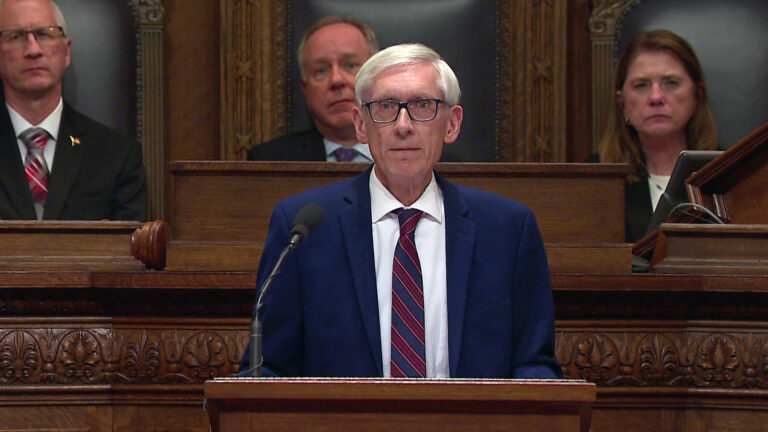
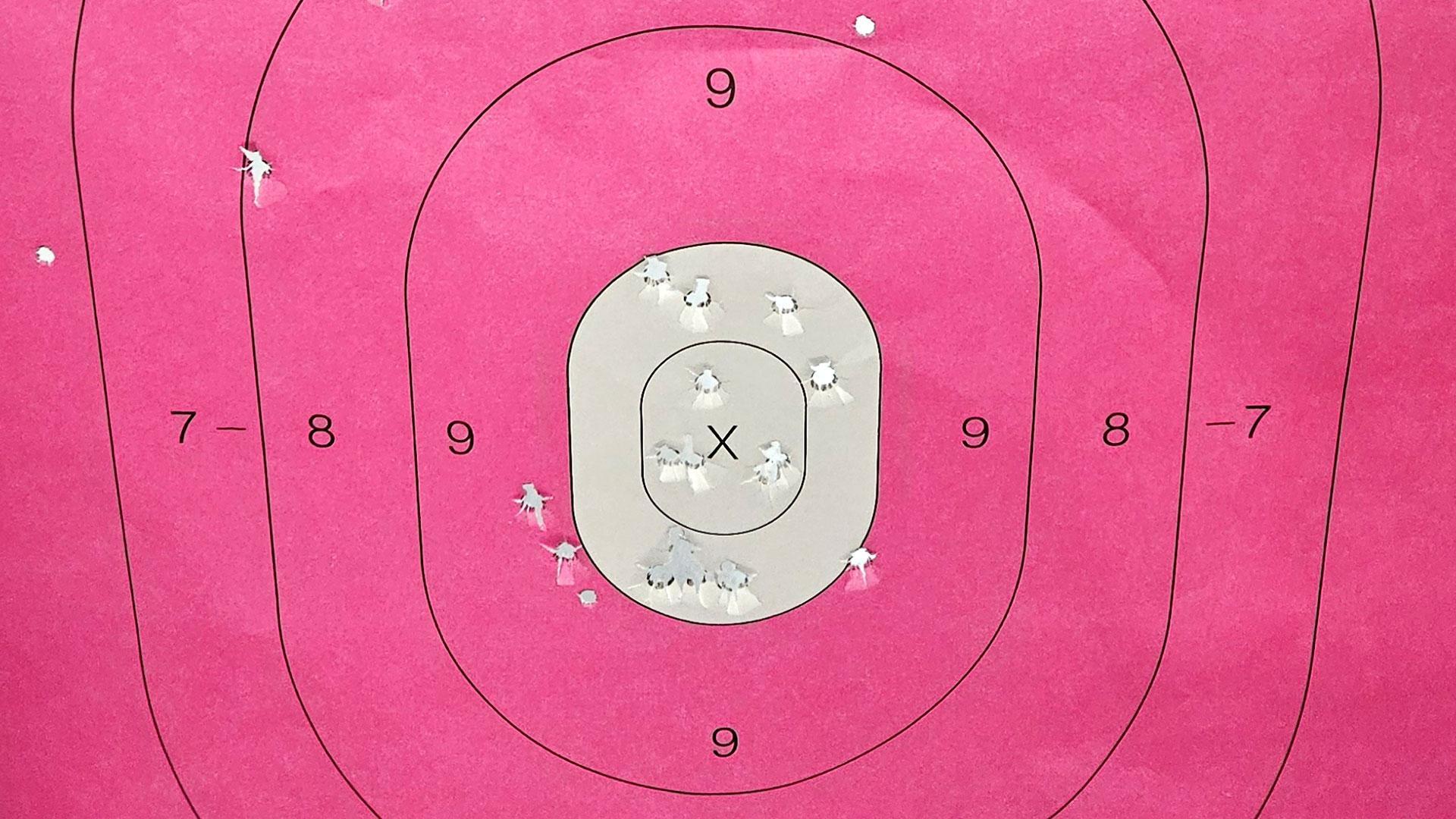
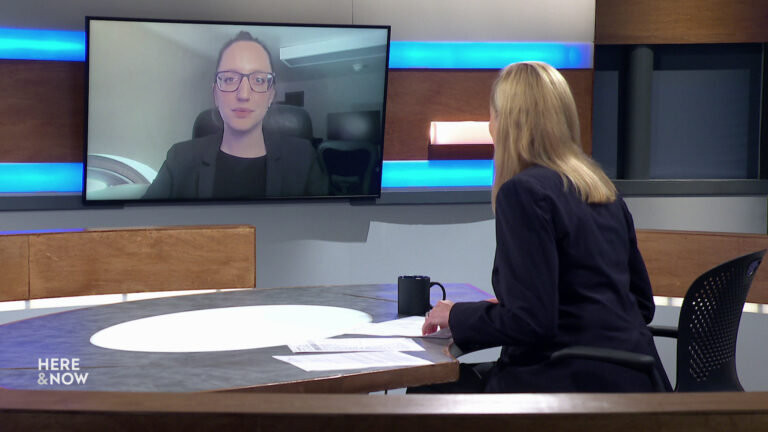
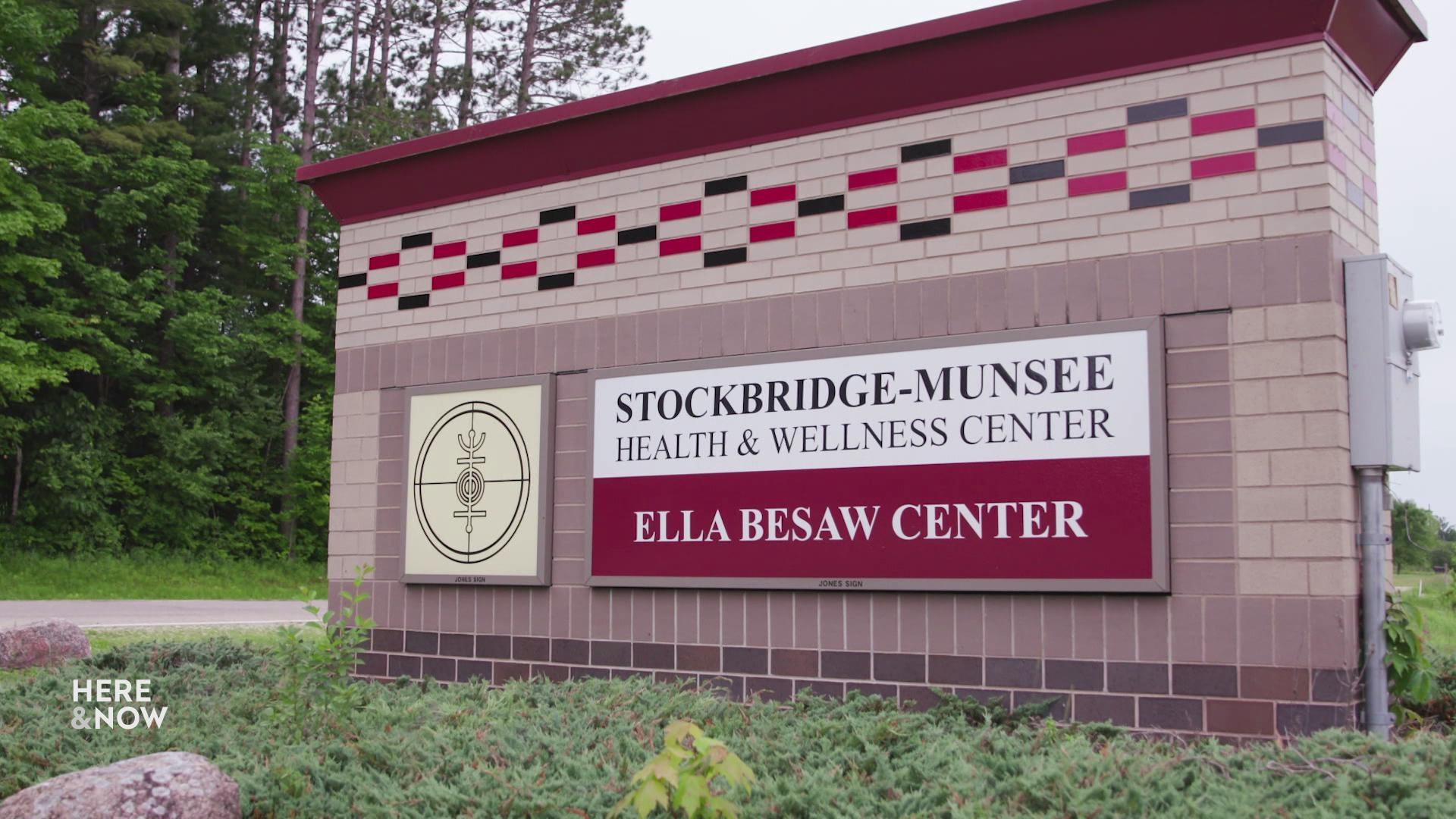
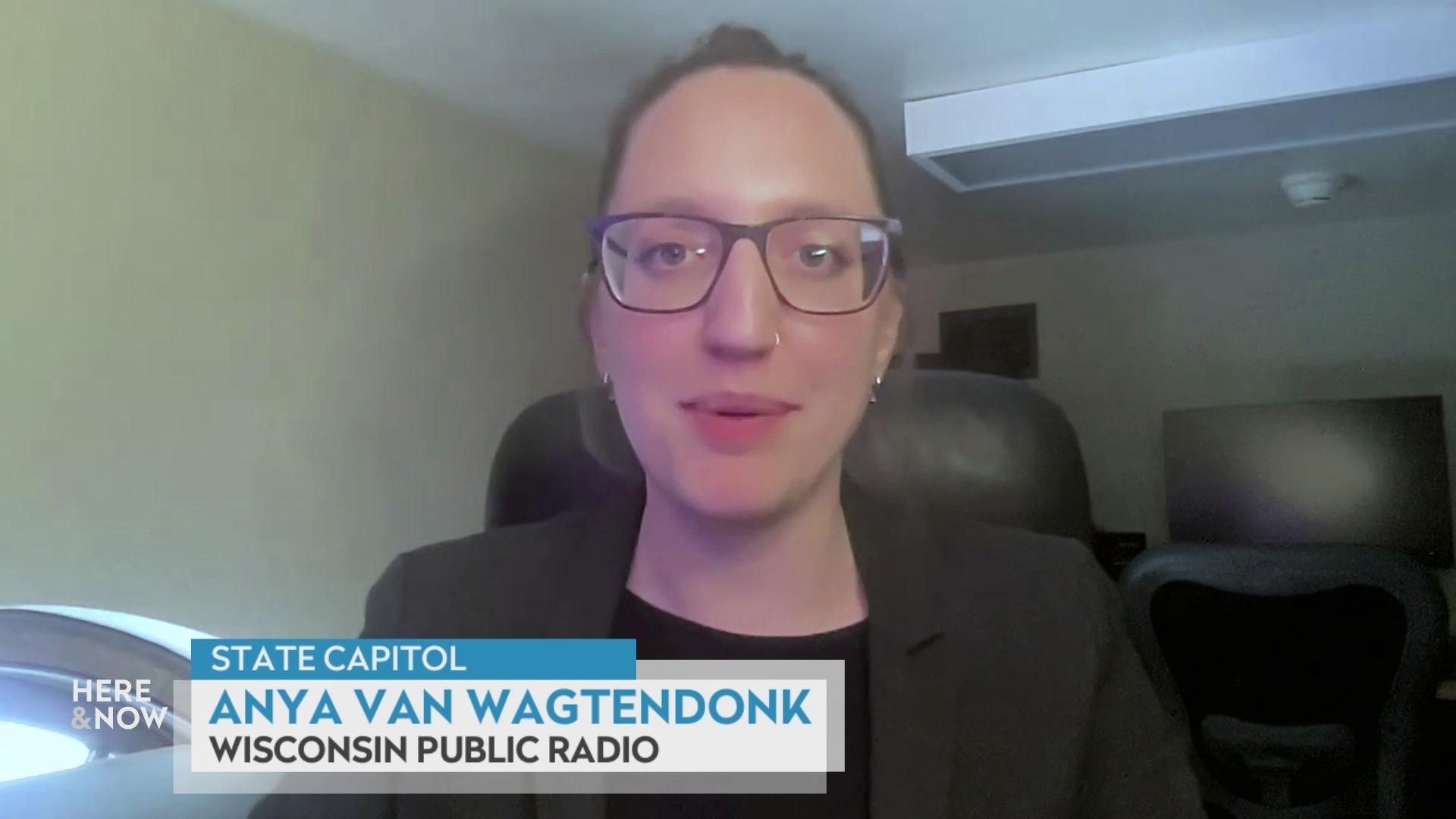
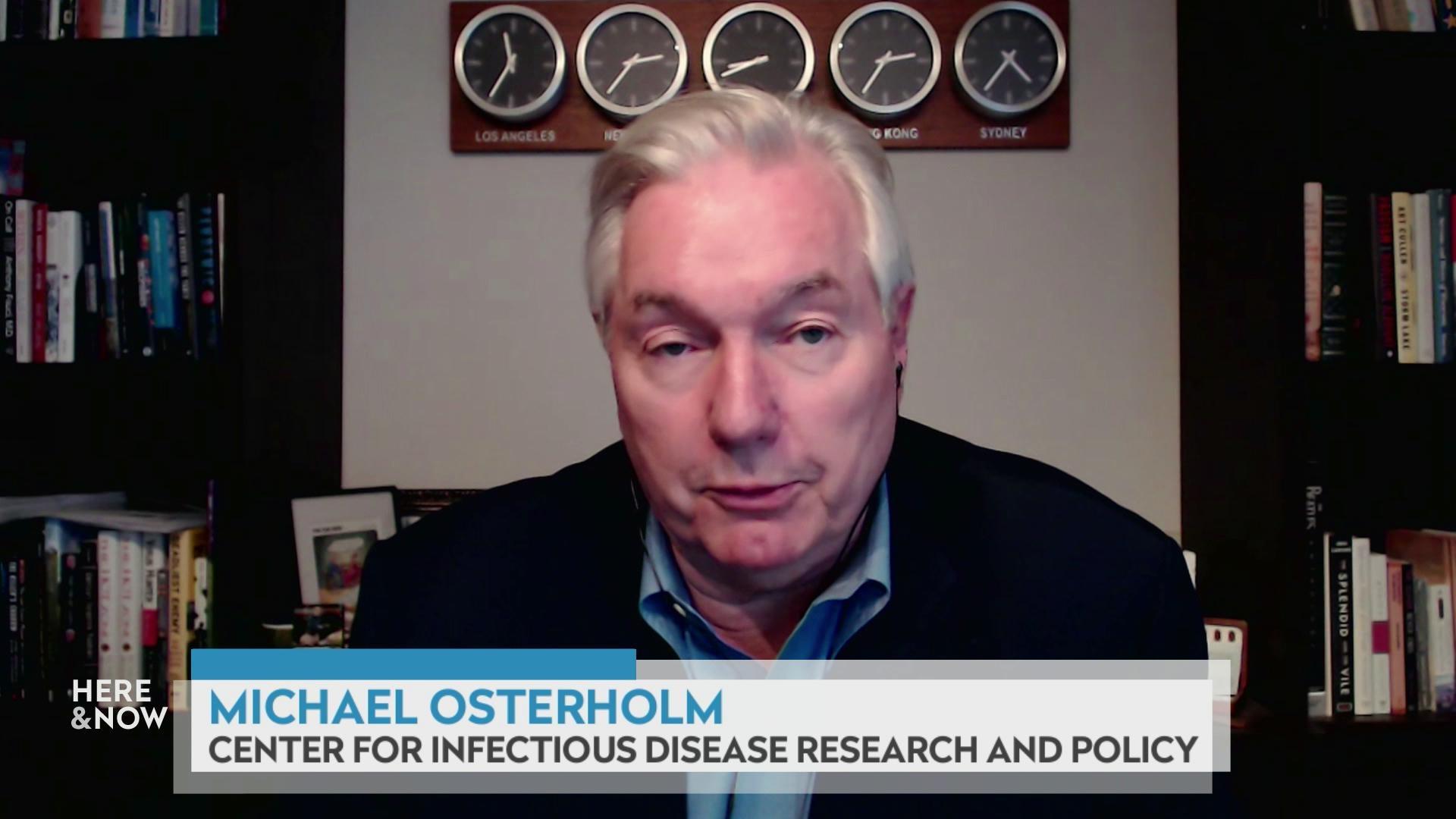
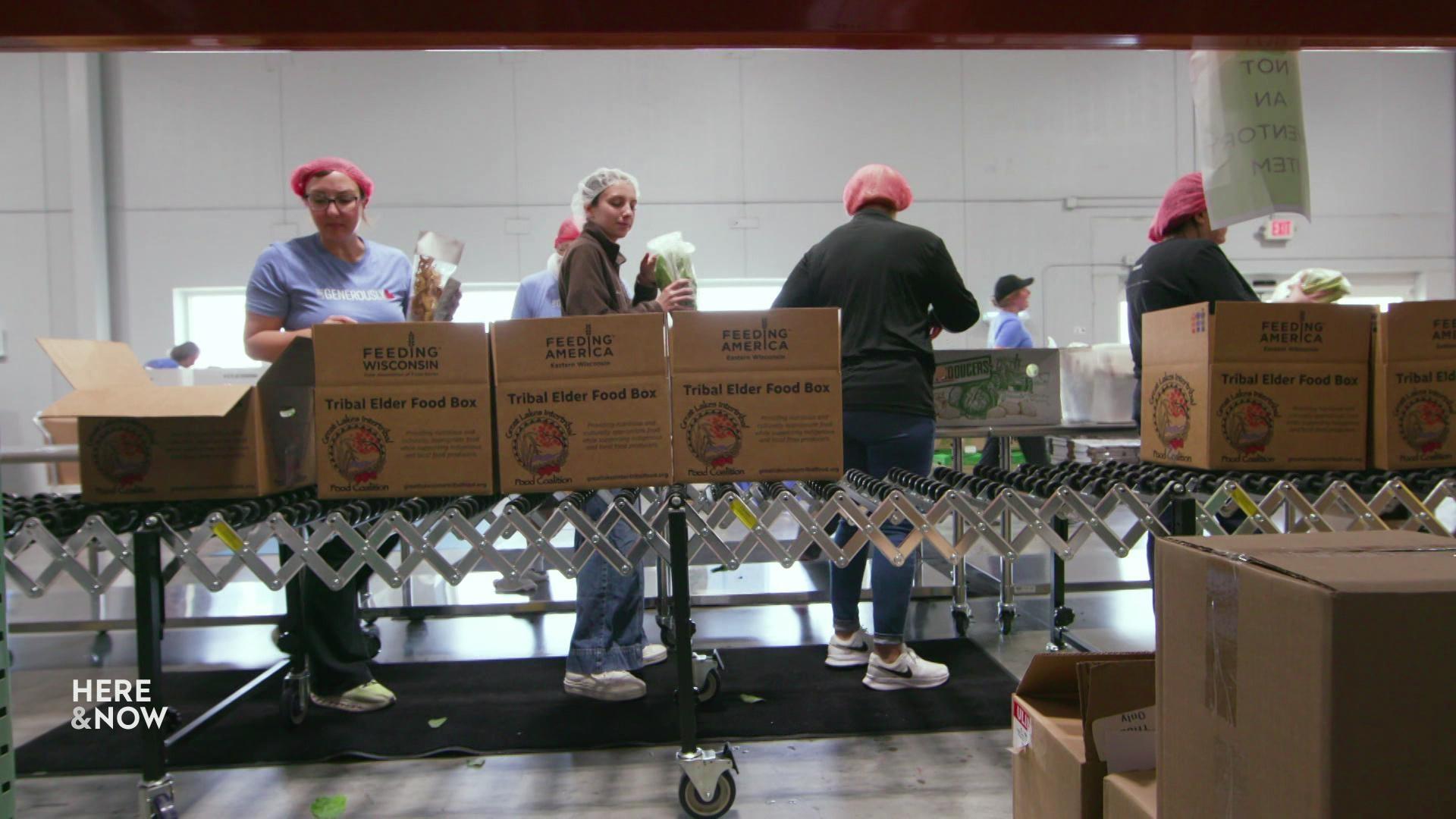
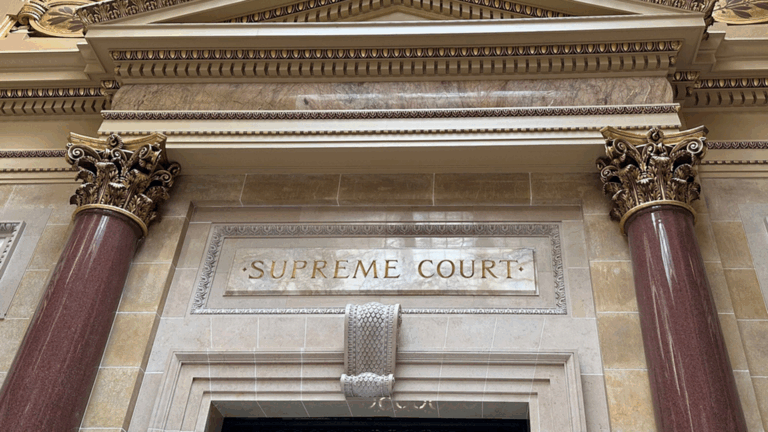
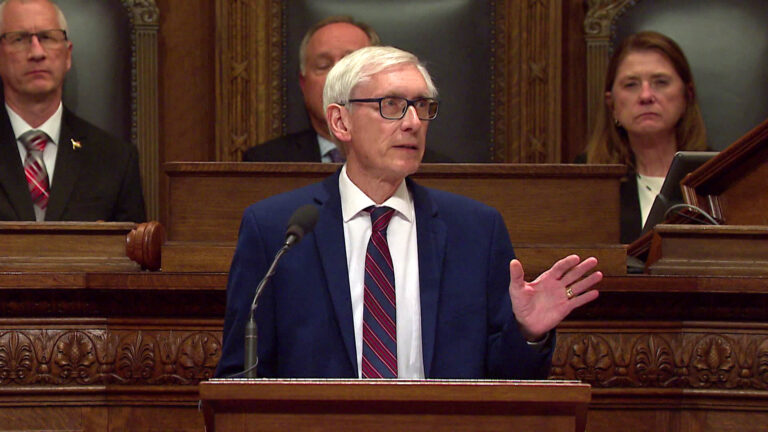
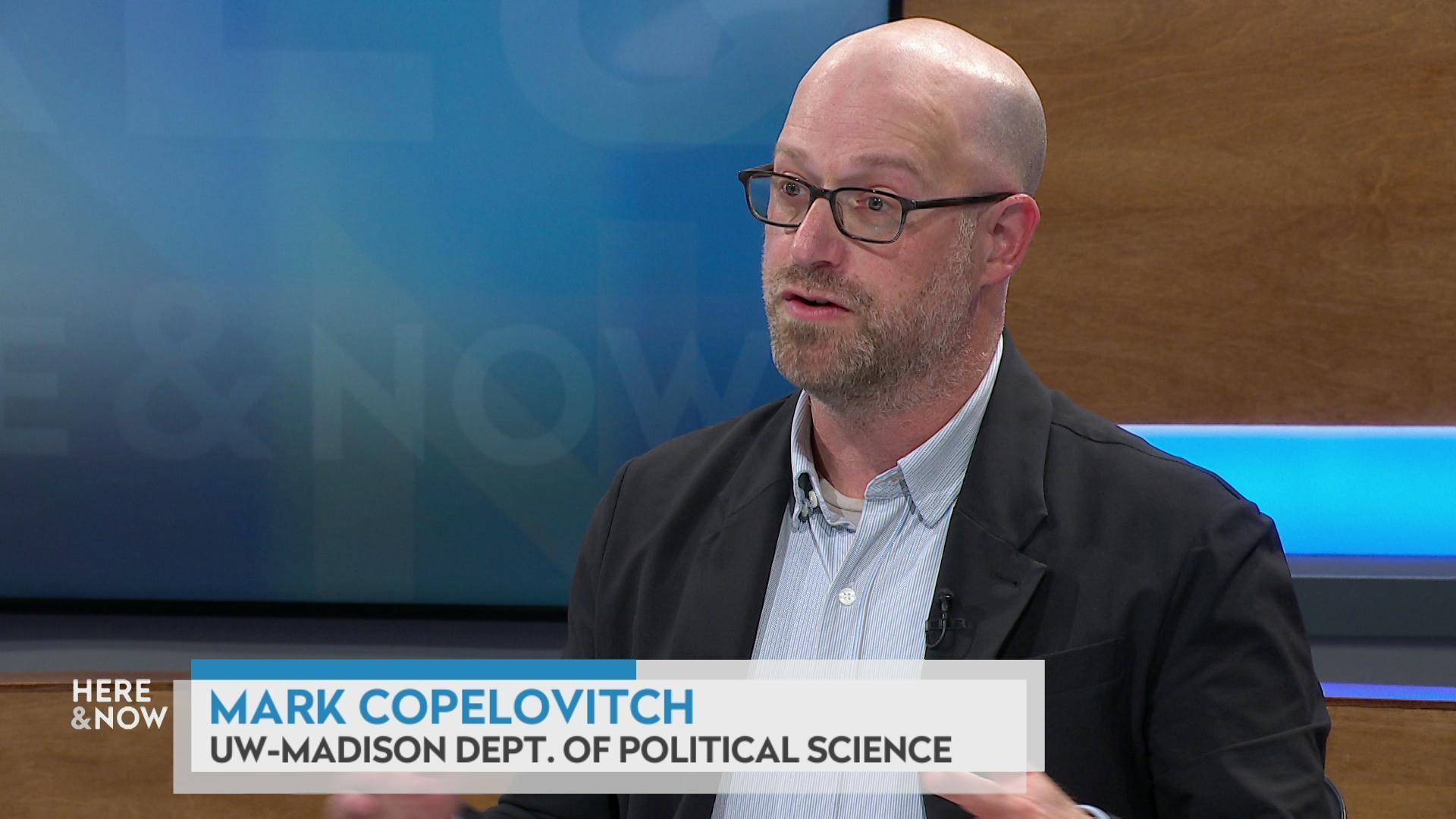
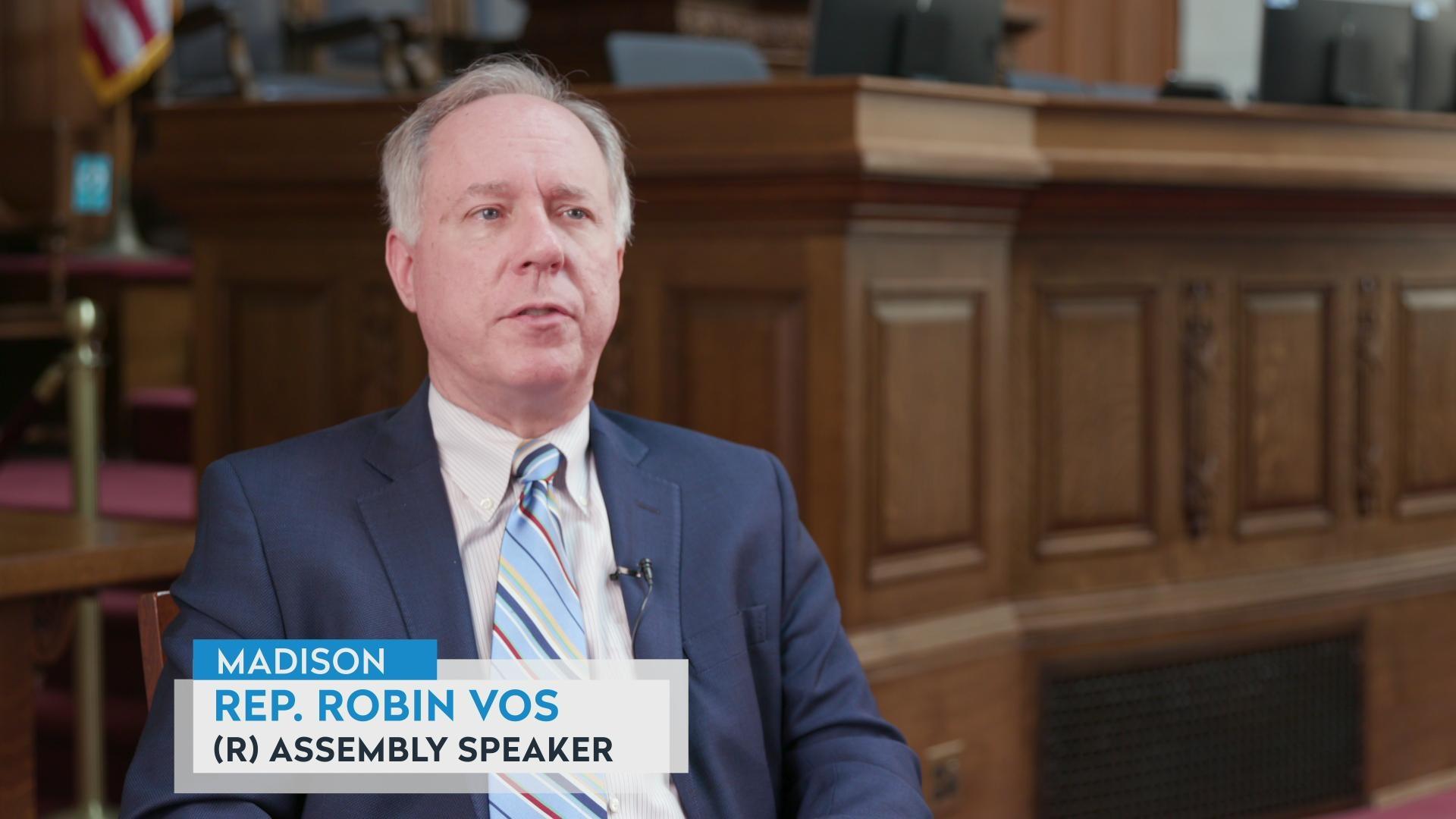
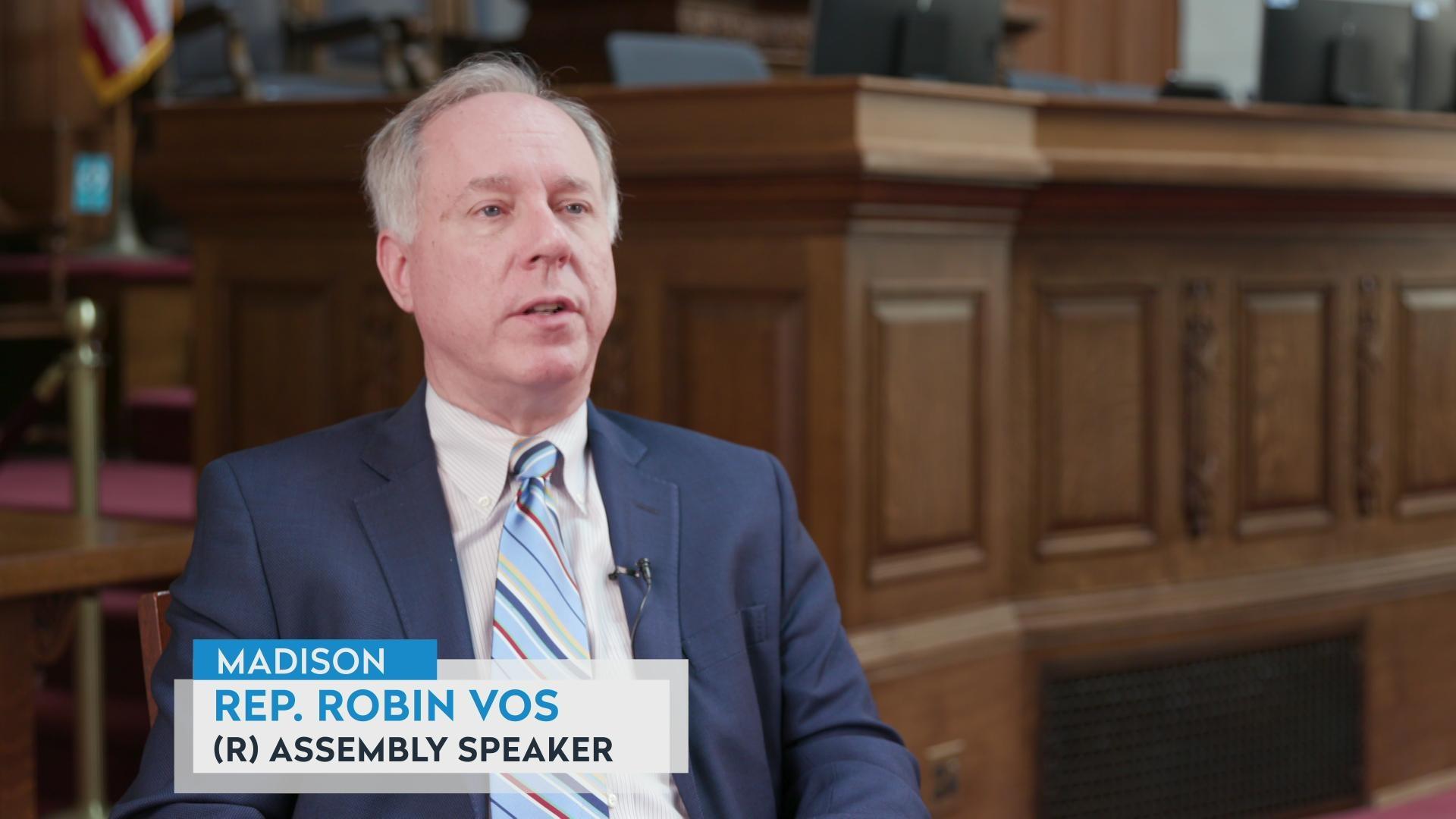

Follow Us